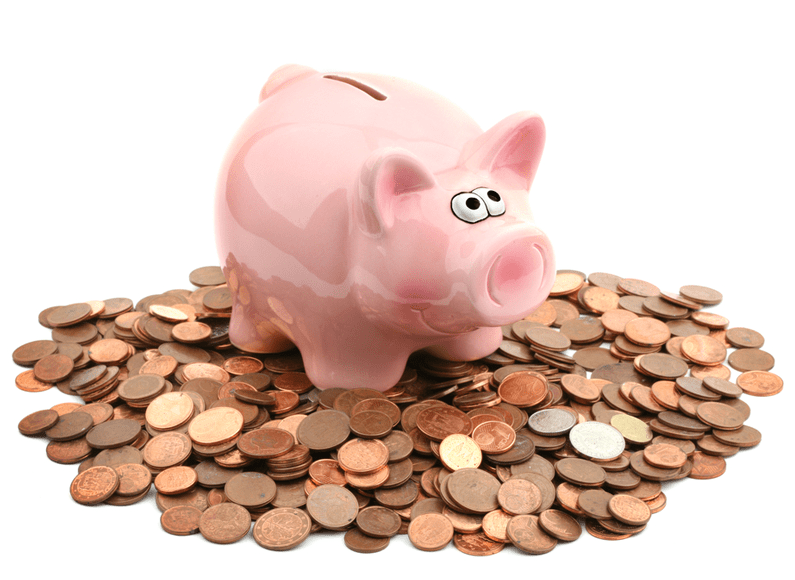5 ways savers can make most of their money before end of tax year

Spring has sprung and that means we’re nearing the end of the tax year. The official end date is April 5 and the new tax year begins on April 6.
So, with only a few days left of the 2023/24 tax year, there’s never been a better time to get your finances in order.
This is especially true for savers, as the end of the tax year also signals the end of this year’s ISA allowance. If savers don’t use up their allowance, it’ll disappear and reset on April 6 – hence the popular savings saying of ‘use it or lose it’.
This means it’s best to act now before the deadline, and savers can take the following steps to ensure they are making the most of their money.
1. Consider ISA contributions
ISAs had a renaissance during this tax year, as we’ve seen rising interest rates across all savings accounts. Previously, savers were earning little interest on their money but in the past year interest rates on savings accounts peaked at more than 6%. This means savers can earn a lot more interest and this could be eligible for tax. There is a personal savings allowance of £1,000, but if you earn more than this in interest you will be taxed.
However, an ISA is tax-free so it makes sense for people to move their money into an ISA if they are currently paying tax. Everyone gets an annual ISA allowance, and for this tax year it’s £20,000. This can be split between the different types of ISAs, for example cash, stocks and shares, innovative finance and lifetime. If you haven’t used your ISA allowance yet, now is the time to explore this option before it’s too late.
2. Research stocks and shares ISAs
A recent survey found that nearly half of people in the UK who are not currently investing are considering an investment ISA – otherwise known as a stocks and shares ISA. An investment ISA acts in a similar way to a cash ISA – as the interest you earn is tax-free – but instead of saving with cash, you use your money to invest in assets like stocks and shares.
An investment ISA can offer better returns in comparison to a cash ISA if you have long-term savings goals, although your capital is always at risk. As there are risks associated with this type of ISA, it’s important for savers to always do their research thoroughly or speak with an independent financial advisor.
However, there will be more attention on this type of ISA next year as in the Spring Budget a new type of investment ISA was announced. The British ISA comes with an extra allowance of £5,000 and encourages people to invest in UK businesses.
3. Think ahead with a lifetime or junior ISA
When something comes to an end, it’s always a good time to reflect and consider if there’s a way to do things differently. A lifetime ISA is for savers aged 18 to 39 and it offers a 25% government bonus of up to £1,000 each year. You can contribute up to £4,000 (so you would still have £16,000 of your ISA allowance left) and this money can be used for your first home or retirement. A lifetime ISA does come with a few rules and restrictions, but when used correctly, the extra £1,000 each year really adds up.
Alternatively, if you would like to start saving for your child’s future, there are junior ISAs. These come with an allowance of £9,000 and your child will be able to access the money when they turn 18. If you already have a lump sum for this purpose, contributing to a junior ISA means you can utilise its tax-free benefits.
4. Check fixed-rate accounts
While you’re thinking about savings and ISAs, it’s also worth exploring other high-interest savings accounts like fixed-rate bonds. If you aren’t currently being taxed on interest or you don’t feel an ISA is the right fit, don’t miss the opportunity to earn some extra interest. If your savings are sitting in a low-interest account, now is the time to move it.
The Bank of England has kept the base rate at 5.25% for another month, so interest rates are still competitive. Top rates on one-year fixed-rate accounts are still above 5%, but you can also lock in high rates for longer with two, three or even five year terms.
5. Review savings goals
Finally, use this time wisely and review your savings goals and budget. This is important as it will make sure you are on track to meet your financial objectives. The savings goals can be short or long-term, but make sure you have the best savings account for each goal.
Plus, you may need to adjust contributions to the savings accounts you already have, if outgoings have increased or decreased. Once you’ve completed this audit, you’ll be ready to tackle the new financial year on April 6.

